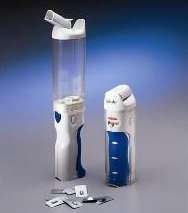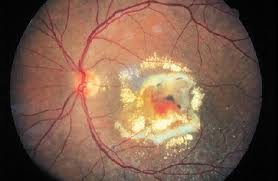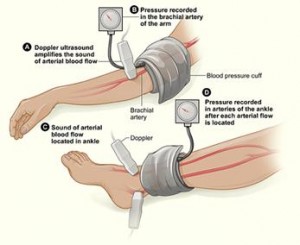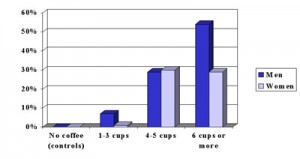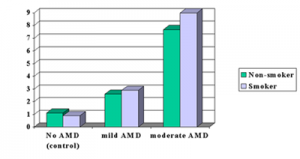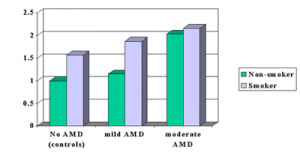It may be summer, but next winter will be there and along with it the threat of flus.
Flu shots are offered in fall, and especially people with health problems (like asthma or diabetes, just to name a few) and seniors have been the primary target groups for public vaccination programs. U.S. health authorities now have also added young children under 2 to the program.
This step has been taken, as babies and young children are at a substantially increased risk for influenza-related hospitalizations.
The U.S. Centers for Disease Control has just release a new recommendation, that all women who are pregnant during the influenza season should get flu shots. Pregnant women who contract influenza frequently have an increased rate of complications, including pneumonia, tachycardia (rapid heart beat), and contractions.
Even though most pregnant women are young and healthy, their hospital admission rate during the flu season is similar to what you see in the elderly.
Statistics show that generally only 12% of women with uncomplicated pregnancies get vaccinated. With the threat of a severe strain of influenza A, which showed its aggressive and widespread activity last winter, it can be expected that there will be an increased demand for flu shots this year.
References: The Medical Post, May 18, 2004, pg. 8 and 9
Last edited December 8, 2012

